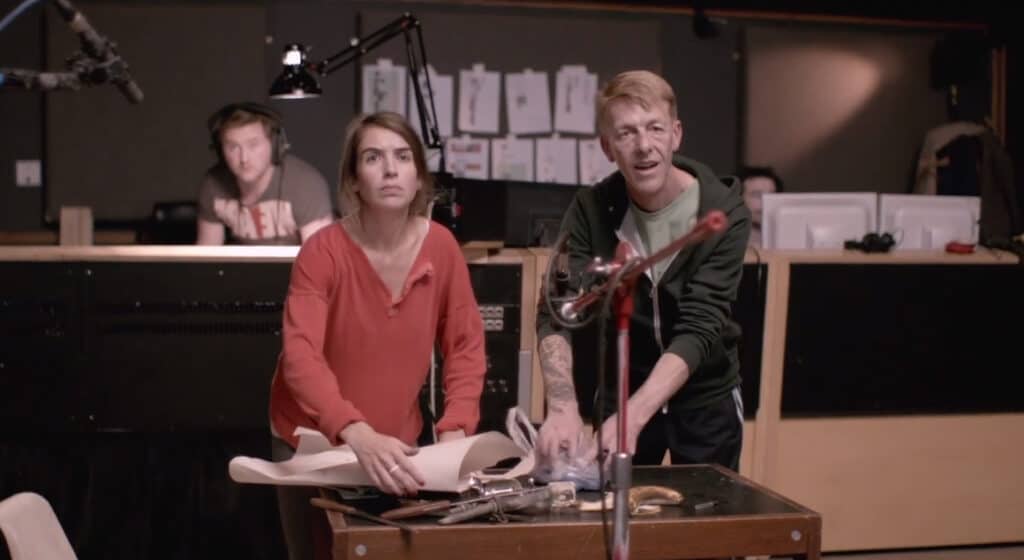Foley sound effects are used to produce everyday sounds for use in film, television, and other media. These sounds are recorded in a recording studio and sometimes used in comedy or action scenes. The sounds are added to improve the audio quality of media. Foley sound effects can add depth and realism to a film or TV show.
Foley is the reproduction of everyday sound effects
Foley artists have a wide variety of creative tools available for the reproduction of everyday sound effects in films. Whether it is a crackling sound from a fire or the sound of a creaking door, foley artists can recreate a wide variety of soundscapes.
The foley artist uses different materials to create the sounds that they need for a scene. These materials may include gloves with paper clips or a feather duster for bird wings. They may also use a bag of corn starch or crushed pine cones to recreate the sounds of snow crunching or cracking ice. This process is performed in a Foley stage or a Foley studio, where they use different materials for each sound.
It can be used to enhance comedy or action scenes
Foley sound is a type of sound that is created in a recording studio and used to create a variety of effects in a film. These effects can be as simple as footsteps or as complex as glass breaking. Foley artists have complete control over the sound effects and can use different types of sounds and volumes to help the production come to life. Foley sound is made by using a variety of objects and surfaces to create the desired effect. For example, walking on gravel might be used to mimic the sound of footsteps on a dirt path, while breaking a stalk of celery can sound like a bone breaking. The goal is to create sounds that are realistic and enhance the overall viewing experience for the audience. How foley sound is made relies on the skill and creativity of the foley artist to bring the world of the film to life through carefully crafted and meticulously chosen sounds.
Foley sound effects were first used on radio plays during the 1920s. Since phonograph recordings were not high quality and flexible enough, radio studios hired sound effects people to create sounds live. Foley and his small crew synchronized the sound effects with the actors’ motions. Foley worked on movies until his death in 1967.
It is recorded in a recording studio
Foley sound is recorded in a recording-studio, where a foley artist records sound effects. The sounds he or she records are often inspired by dialogue or a musical score, and require a great deal of patience. Foley artists must learn about the character’s movements and the sound they are trying to recreate.
The first step is to gather your props. Wear quiet clothing that will not interfere with the microphones. Then, play back your first cue and see what you can create. Remember, the sound effect must match the actions in the video.
It is produced by rubbing two pieces of material together near a microphone
Foley is an art form that has evolved as recording technology has improved. Rather than recording sound directly on the set, Foley is recorded separately and synchronized with the visual counterpart. Foley artists use their creativity to create these sounds, which give the viewer the impression that the sounds are real. The sound is then added to the film during post-production.
To capture a Foley sound, you first need to prepare the sound effects material you are going to use. It helps to gather as many props as possible, and make sure to wear quiet clothes that will not interfere with the microphones. Then, try playing back the sound effect. Make sure that you use different materials, and experiment with different sounds.
It is a tailor-made sound
Foley sound is a tailor-made audio sound created by a Foley artist. Unlike regular production sound effects, Foley artists don’t use dialogue or other elements from a story. The sound that a Foley artist creates is unique, and the artists are often part of the sound team.
Foley sounds are recorded with a high-quality microphone. Then, they’re imported into the video editing software. They typically have a wide dynamic range, and require volume automation and panning controls. Also, the spatial location of the sound on the screen is important.











